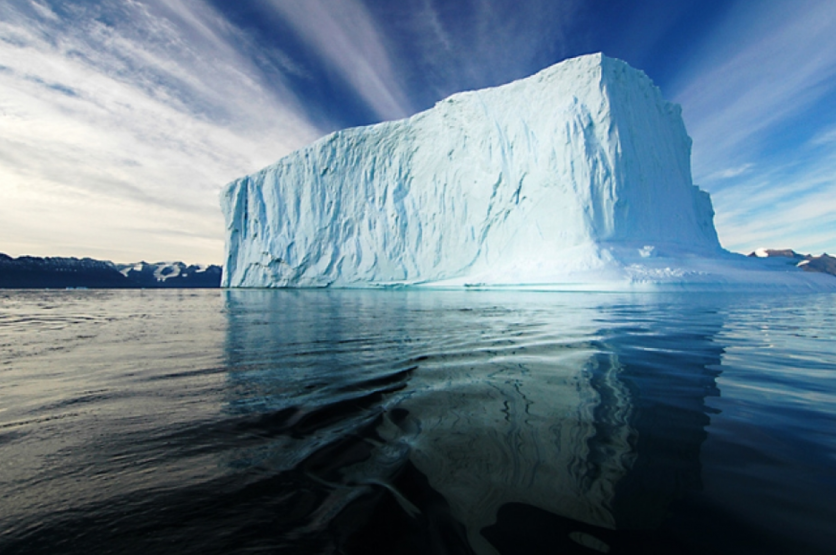Greenland and Antarctica are known to be the Earth's great ice sheets, but now, due to climate change, they are both losing ice six times faster than ever before.

Read Also : History Repeats Itself! Coronavirus Similar to SARS and Scientists Have The Pictures to Prove it!
They both have lost 6.4 trillion tonnes of ice
Scientists have said that both poles are unequivocal in its assessment during a comprehensive review of satellite data, and between these, Greenland and Antarctica have lost 6.4 trillion tonnes of ice from 1992 to 2017. This also ended up pushing global sea-levels by 17.8mm.
"That's not a good news story, today, the ice sheets contribute about a third of all sea-level rise, whereas in the 1990s, their contribution was actually pretty small at about 5%. This has important implications for the future, for coastal flooding and erosion" said Professor Andrew Shepherd from the University of Leeds.
Shepherd has also said that if Antarctica and Greenland will continue to track the worst-case warming scenario, it will eventually shed off an extra 17 centimetres of sea-level rise by the end of the century. It would also mean that 400 million people in the world will be at risk of coastal flooding every year by 2100 and that this is already well underway and will be destructive for communities off the coast.
Satellite observations of polar ice are pretty much indispensable
It is essential to monitor and observe polar ice since it would help for predicting how climate change would affect ice losses and the rising of sea level.
Author Erik Ivins of NASA's Jet Propulsion Laboratory in California has said that while computer simulation can enable us to make predictions and projections from climate change, satellite data provides prima facie and rather indisputable evidence.
Greenland and Antarctica are both responding to climate change in a lot of different ways. The south pole losses come from the melting of warmer ocean water that is constantly attacking its edges The northern polar ice, however, is a little similar but int his case, it loses ice due to warmer air temperatures.
Because of the likely near-term demise of some polar satellites, plus the lack of urgent and clear plans, Professor Shepherd warns the public that the future point comparisons big risk of even way poorer quality. Though his particular and main concern is to see the future descendants to the European Space Agency's CryoSat-2 satellite as well as the American Space agency's ICESat-2 platform
These other models observe more of the ice sheets when compared to other satellites because they fly by particular orbits that are very close to both the north and south poles.
Lastly, he fears that they will soon go back to the situation of the early 2000s wherein they had to make do and stick to expeditions and missions that we clearly not designed to look at polar regions and though, despite this, they will be doing the best they can in the absence of the date they really require.
ⓒ 2025 TECHTIMES.com All rights reserved. Do not reproduce without permission.

![Best Gaming Mouse For Gamers With Smaller Hands [2025]](https://d.techtimes.com/en/full/461466/best-gaming-mouse-gamers-smaller-hands-2025.png?w=184&h=103&f=6fd057ef777bd39251d4e7e82e9b23f1)


